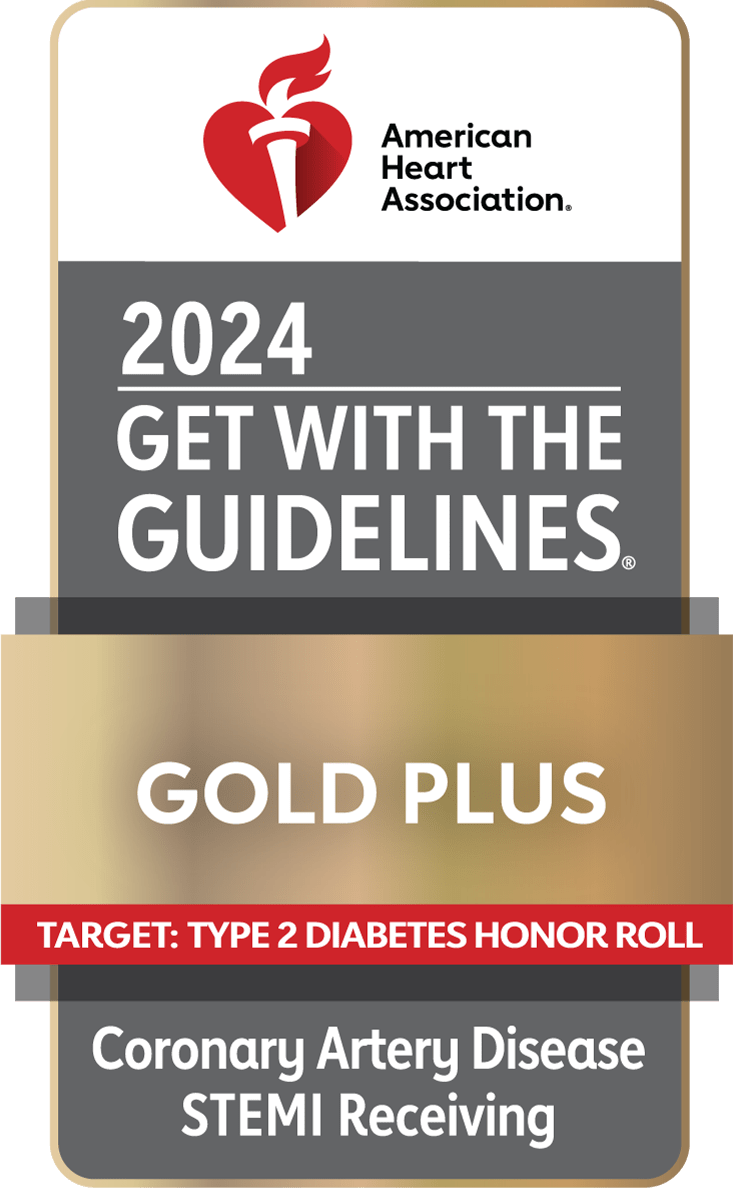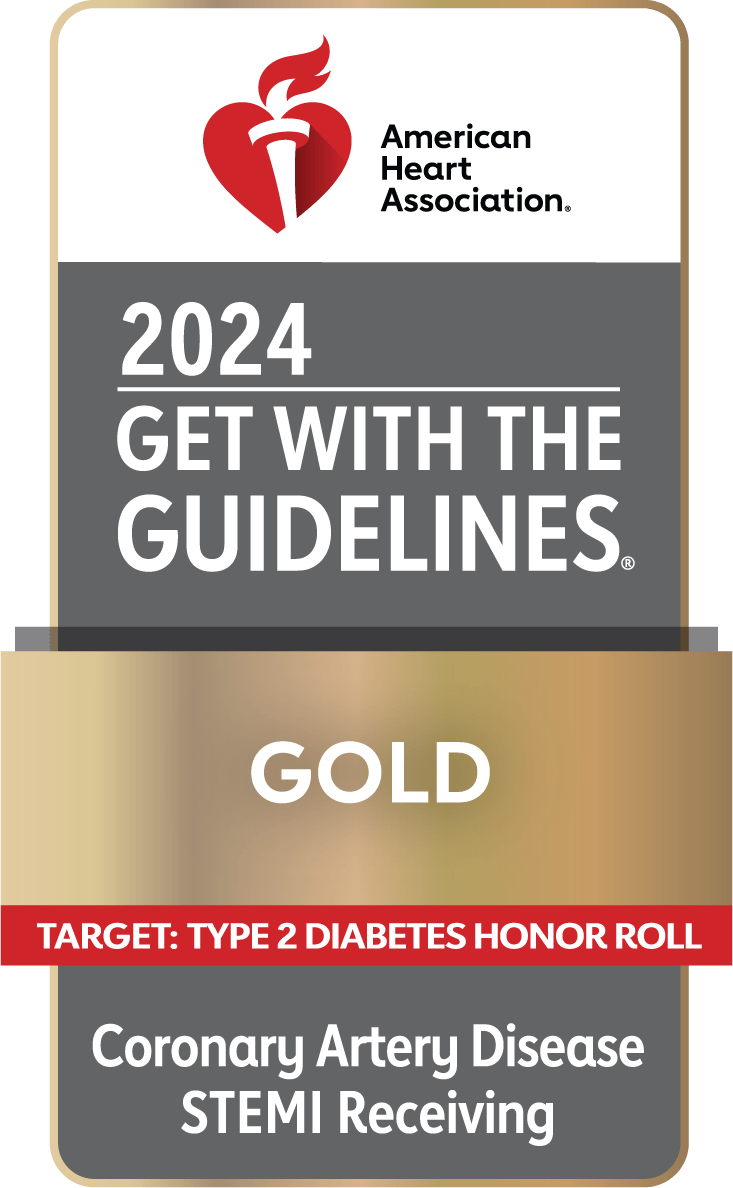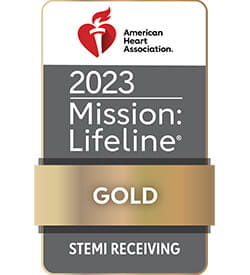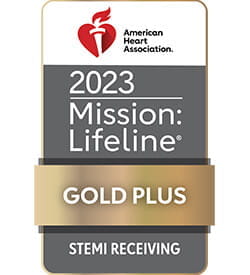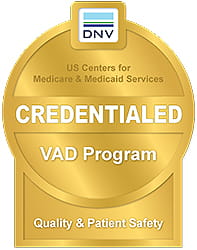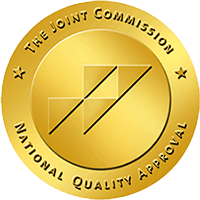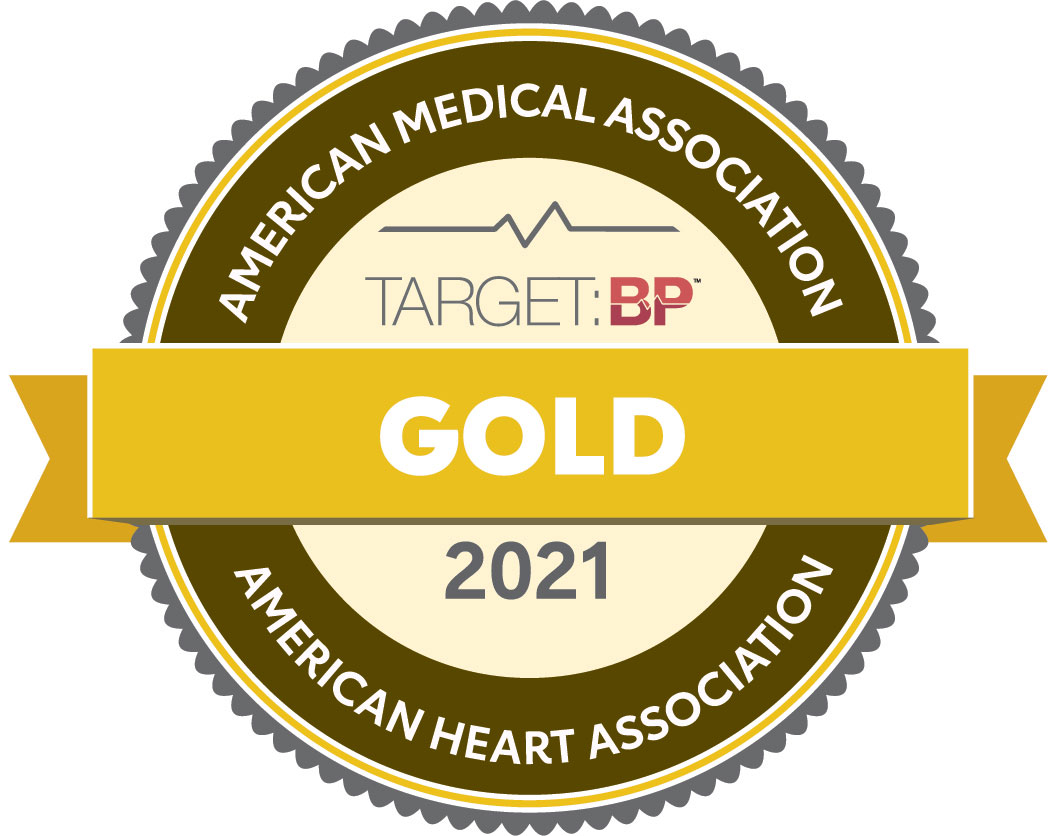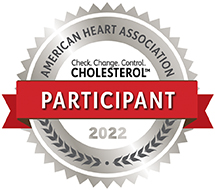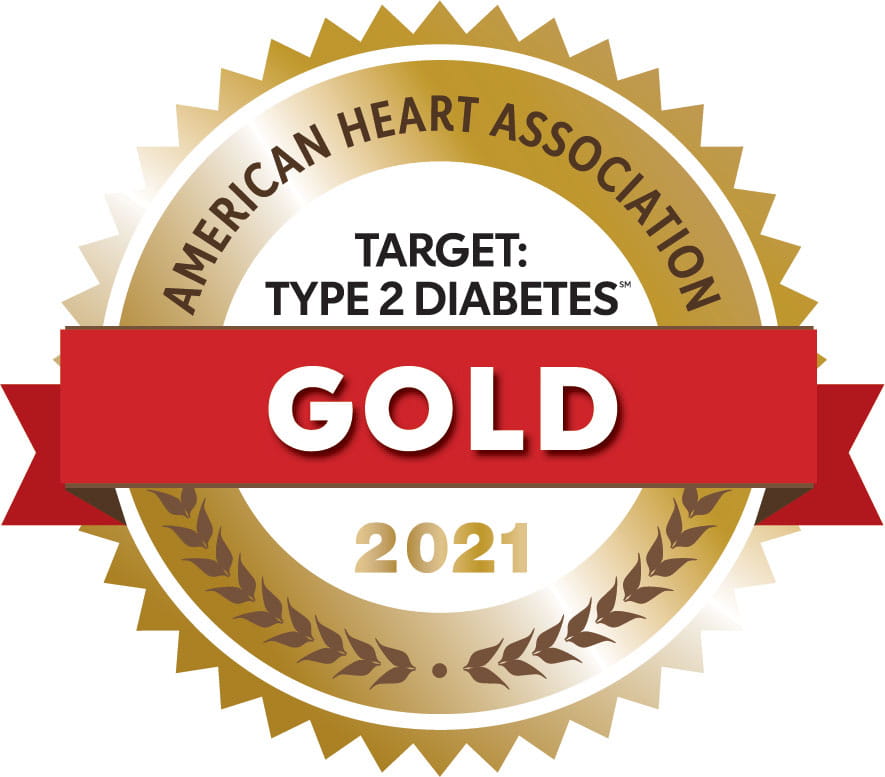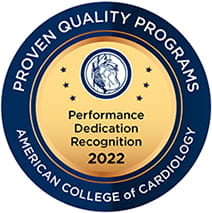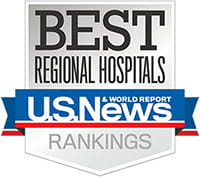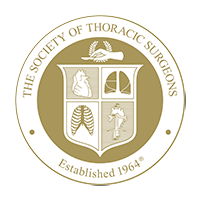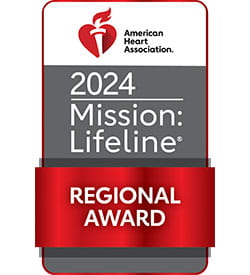Heart and Vascular Care

About heart and vascular care at Main Line Health
At Main Line Health, our cardiologists, cardiovascular surgeons, advanced practice providers and staff are committed to providing a full range of services, which are critical in addressing the diverse needs of our patients and the community. And we do it the only way we know how — human to human.
Our specialists are at the forefront of advancing cardiovascular medicine, with a focus on improved detection, prevention and personalized care. Our providers collaborate with patients and their families by actively listening to their concerns, providing clear explanations of their condition and discussing treatment options available that are tailored to their specific needs.
These care plans may encompass cardiac prevention strategies, medical therapy, interventions and minimally invasive treatment options which offer patients the benefits of reduced recovery times, smaller incisions and potentially lower risks.
Our goal is to keep your heart healthy.
Arrhythmia (abnormal heart rhythm)
It's important to address and manage arrhythmias, as they can have a significant impact on cardiovascular health. Arrhythmias can manifest in different forms, including a heartbeat that is too fast, too slow or irregular. Our team of expert cardiac electrophysiologists specialize in the electrical activity of the heart and are well-equipped to diagnose and treat various arrhythmias.
Cardio-oncology
The use of radiation and chemotherapy may have adverse effects on a patient’s current heart function and future heart-disease risk. Our team of cardiologists and oncologists work together to treat patients at any stage of cancer therapy and provide personalized preventive and treatment plans.
Complex aortic disease
Managing aortic disease requires a comprehensive and collaborative approach. The aorta is a vital blood vessel, and diseases affecting it can have serious implications for cardiovascular health. Combining state-of-the-art diagnostic technology with a range of medical and minimally invasive approaches are beneficial to treating aortic conditions, including aneurysms and dissections.
Coronary artery disease
It takes a comprehensive approach to managing and treating narrowed or blocked arteries that supply blood to the heart. This includes preventive measures, medication therapy and advanced interventional and surgical techniques. Our team’s expertise in minimally invasive and robotic techniques often provide patients with several benefits, including quicker recovery times and improvements in overall quality of life.
Genetic disorders
Genetic evaluation is an important part of personalized care, as many cardiac disorders can be inherited. We provide genetic evaluation to individuals and families at increased risk for cardiovascular disease due to family or personal history.
Heart failure
Managing heart failure at any stage takes a dedicated team. One who can provide a comprehensive assessment and cohesive treatment plans to manage your heart failure.
Valvular heart disease
Diagnosing and treating heart valve disease takes a dedicated team of cardiac surgeons, interventional cardiologists, cardiac imaging specialists and advanced care nurses. Through new innovations and clinical trials, we offer less invasive approaches like transcatheter-based therapies to repair or replace the mitral, aortic or tricuspid valves.
Vascular disease
Maintaining vascular health is crucial for preventing cardiovascular diseases, including heart attacks, strokes and peripheral artery disease. Our team of vascular specialists offer expertise in treating varicose veins to abdominal aortic aneurysm, and limb-threatening conditions like claudication and peripheral artery disease.
Women's heart disease
A collaboration of cardiologists, heart surgeons, obstetricians, primary care physicians and population-health experts working to educate women about the unique risk factors and to help reduce their chances of heart disease through a preventive approach, including state-of-the-art screening and testing.
Treatments
- Ascending Aortic Replacement
- Compression Therapy
- Coronary Revascularization/Hybrid Coronary Revascularization
- Descending Aortic Replacement
- Endovascular Aortic and Hybrid Procedures
- Heart Valve Repair or Replacement
- Implantable Cardioverter Defibrillator (ICD)
- Left Atrial Appendage Closure (LAAC) Device
- Left Ventricular Assist Device
- Lithoplasty
- Maze Procedure
- Pacemaker/ICD Lead Extraction or Revision
- Percutaneous Transluminal Coronary Angioplasty (and Stenting)
- Peripheral Vascular Angiography
- Pulmonary Angiogram
- Surgical Aortic Valve Replacement (SAVR)
- Thoracoabdominal Aorta Replacement
- Transcarotid Artery Revascularization (TCAR)
- Transcatheter Aortic Valve Replacement (TAVR)
- Transcatheter Mitral Valve Repair (MitraClip)
- Valve-Sparing Aortic Root Surgery
- Valvuloplasty
- Vascular Surgery
- Heart and Vascular Care
- Wingspan Stent
- Cardiac Catheterization
- Robotic-Assisted Coronary Artery Bypass Graft Surgery (CABG)
Screenings
- Radiography ( X-Ray )
- Cardiac PET CT
- Computed Tomography (CT or CAT) Scan
- Coronary Angiogram and Cardiac CT Angiogram
- Coronary Calcium Score
- Electrocardiograms
- Electrophysiology Study
- HeartFlow® FFRct Analysis
- Cardiac MRI
- Heart and Vascular Care
- Positron Emission Tomography (PET) Scan
- Peripheral Arterial Ultrasound
- Pulse Volume Recordings / Segmental Pressures
- Tilt Table Testing
- Ultrafast CT Scan
- Vascular Imaging
- Venous Ultrasound
- Cardiac Stress Test

Women's Heart Initiative
Heart disease is the single most common cause of death in women and men. It can manifest differently in women compared to men, and addressing these gender-specific nuances is critical for effective prevention, diagnosis and treatment.
The Women's Heart Initiative team provides education, emotional support and encouragement for all women facing heart health journey. We're committed to keeping you informed of risk factors and connecting you to specialists, all while advancing life-saving research to improve treatment and outcomes for women.
Be an advocate for your heart health.

Research and Clinical Trials
Main Line Health's cardiovascular physicians and researchers are dedicated to uncovering new, less invasive treatment options and improving the lives of all those in our community. From participating in clinical trials and leading major research initiatives to making groundbreaking discoveries, our team is consistently contributing to the evolution of cardiovascular medicine. These efforts not only lead to advancements in the understanding of heart conditions but also pave the way for innovative care solutions and more effective treatments for patients.
Changing the Future of Cardiovascular Care
Hear from Dr. William Gray, System Chief Cardiovascular Diseases
Our Locations
Main Line Health Collegeville
830 Old Lancaster Road
Philadelphia - Chestnut Street
Paoli Hospital
Main Line Health Exton Square
Main Line Health King of Prussia
Plymouth Meeting - Plymouth Greene
Conshohocken - Spring Mill
Bryn Mawr Hospital
825 Old Lancaster Road
Riddle Hospital
Main Line Health Broomall
Main Line Health Concordville
Roxborough - Ridge Avenue
Springfield - Springfield Square
Lankenau Medical Center
Main Line Health Newtown Square
 Content you want, delivered to your inbox
Content you want, delivered to your inbox
Want to get the latest health and wellness articles delivered right to your inbox?
Subscribe to the Well Ahead Newsletter.

